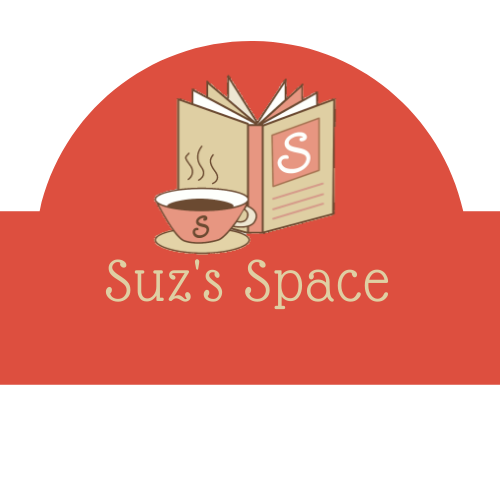This is the second volume of books written by Robert Lacey about English History. I know there is a third volume but I’ve run out of interest for the moment. I’ve not lost interest in history, just this book brings me up to the 1680s and I feel that’s close enough to the modern age for the time being. It starts with Chaucer in 1387 and finishes with the glorious revolution. I suspect I will want to read the third volume in due course.
Just like the first book in this series it has snippets of historical events or people. Enough to give some detail for an understanding of what was happening at the time and how it connected with other people or events. Not really enough if you’re studying that person or event. What it does is have a bibliography at the back so you can see where Lacey got his information from and go to those resources to find more information. There’s also a little more information in some cases, information which didn’t quite fit in the original chapter. Sometimes this information is interesting but gruesome.
What this book did for me is to give me idea for another book. I suspect the only time I won’t get ideas is when I’m not reading. But history books are great for this sort of thing. Finding those points in history that might have happened two or more ways. I’m not thinking about alternate history such as those written by Harry Turtledove by points in time that might have happened a different way. It sounds like alternate history but only because I’m trying to be cagey about how I explain it. I don’t want to give too much away until I’m in the process of publishing the first book in this series. I may be some time.
And just like the first volume in this series I also got some great information about how people lived. Apparently King Edward the IV had a mattress composed of bracken and straw. We know this because it’s written in the Royal Book, along with some detail such as how a ‘yeoman was deputed to leap on to his bed and roll up and down so as to level out the lumps’. This made me think. If a king has a mattress made out of bracken and straw then the peasants might have had something similar in 1120. They’re not going to have something better than this. It gave me food for thought.
And then there’s the chapter on William Caxton. Like me, books were his passion. He was writing his own book, a history of Troy, and finding it a wearisome project. He was living in Bruges (I’ve been there, a thoroughly fascinating place with some lovely chocolate shops). It was almost thirty years after Gutenberg revolutionised publishing. Caxton travelled down to learn about printing before setting up his own book as the first book to be printed in English. He then took the printing press back to England. This chapter explains all of this and then gives a brief explanation of how Caxton influenced modern day spelling. It’s enough to make me want to research more, but that then leads to linguistics and a whole new era of university study. I’m trying not to get hooked, I have no time.
Other things of interest include football, gallows and toilets. I mention all three together because I’m either not interested (football), it’s too gorey (gallows), or I don’t want to go into too much detail (toilets). But the chapters that contain each of these three items have some useful information on how they started or what people actually did. Some people might want to skip the gallows chapter, but it will add colour to any book I choose to set in medieval times.
There’s quite a bit more that I made notes on but I’m going to leave it here. I will give you a link in case you want to buy the book…or even just look at the cover.

